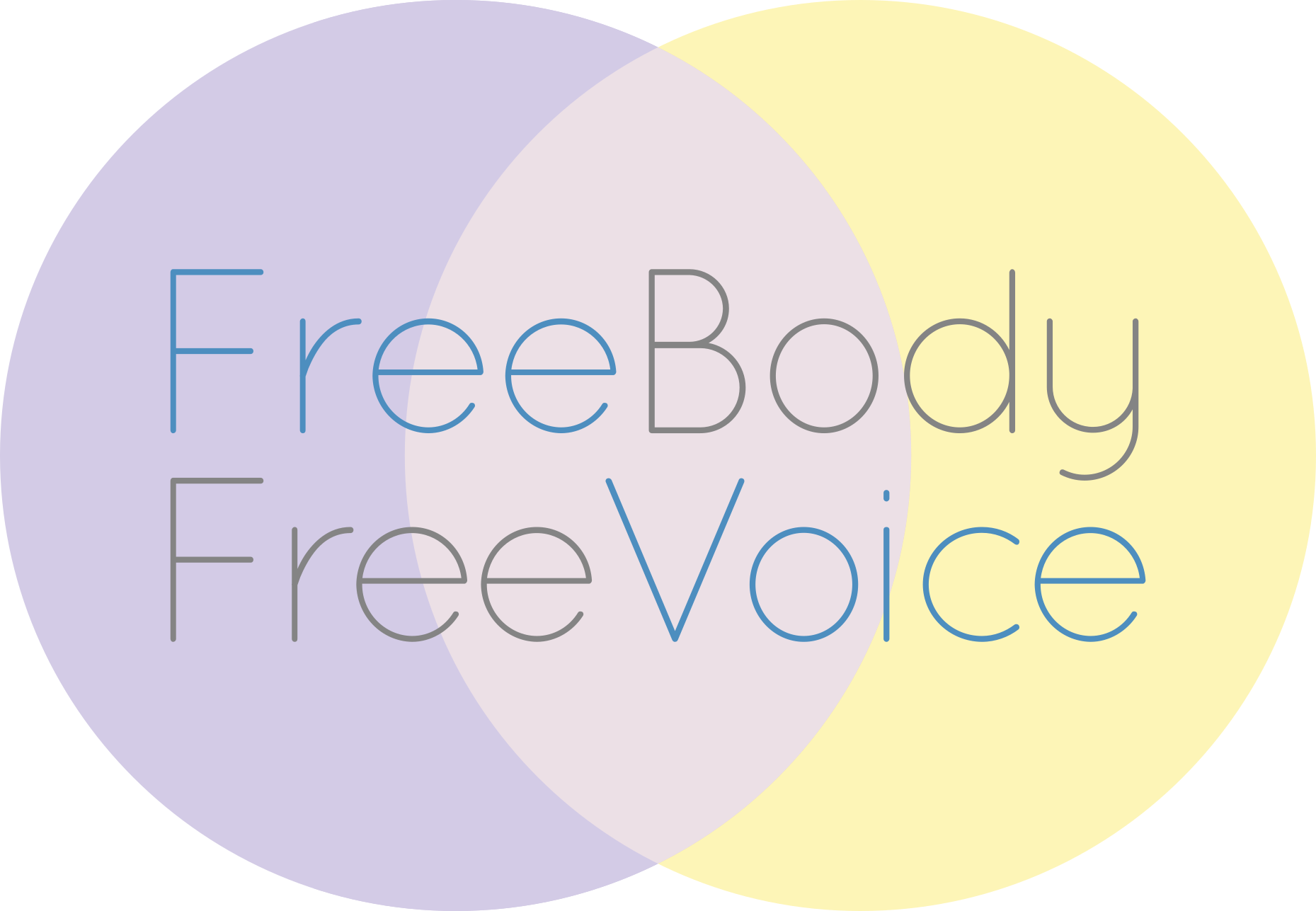An unexpected Alexander/Voice link
I've been invited by the Training Director of the American Center for the Alexander Technique (ACAT—my AT alma mater) to come and give a class to the current trainees next week. I will be teaching the entire student body, which includes trainees in their first, second, and third year of the Teacher Certification Program. I'm going to be demonstrating how I use developmental movement patterns to help convey Alexander principles in my teaching.
Developmental movement patterns are those movements every infant progresses through while learning how to be upright and how to move in the world. A 20th-century biologist and anthropologist named Raymond Dart (who had admired Alexander's work) studied these movement patterns and designed a series of movements, now called the Dart Procedures, which anyone can use to explore how we are designed to move naturally. I've done a lot of classes and lessons with some AT teachers who worked closely with Dart and have since used movements based on the Dart Procedures to teach the Alexander Technique. Now my own AT teaching is heavily infused with Dart-based movements, which I find automatically and easily elicit an improved coordination in my students (and myself).
The Dart-based movements take your spine through its entire range of motion. (For the purposes of this discussion, we'll limit our attention to front/back movement, ignoring side bending and twisting to keep things simple for now.) Your spine can flex forward, as it will likely do if you drop your gaze to your upper chest; and it can extend backwards, as it will likely do if you raise your gaze to the ceiling above your head. The forward flexion takes you into what is called fetal or primary curve, because that's the shape your spine took in the womb. The backward extension is called secondary curve, because that shape occurred second, during birth and after.
The primary and secondary curves manifest opposing features. Primary curve is forward, more passive, and has a protective, retreating feel. Secondary curve is backward, more active, and has the sense of moving out into the world. We are rarely completely committed to one or the other. Every position or movement we perform combines the two curves in some ratio appropriate to the moment.
If over time we have lost our ease in going into primary and/or secondary curve, our posture and movement suffer. Our bodies have to make compromises, which creates conflict and tension. We can restore our ease of movement by practicing both curves and making sure we have available to us our entire range of movement.
The tricky part is that our postural reflexes work autonomically; that is, they are not under our conscious control. You cannot bring about, say, an 80% primary/20% secondary response through an act of will. It has to arise spontaneously in response to your environment, but can do so only if both curves are fully operational. As an Alexander teacher, I use the Dart-based movements 1) to restore full functionality to my students' primary and secondary curves, and 2) to spontaneously elicit proper responses from both. Eventually, my students are moving in a more natural, healthier way in all their activities.
Any of this pedagogical approach sounding familiar to those of you who study voice with me?
In singing, we have a voice composed of two registers with opposing qualities. (Chest voice is louder, more aggressive, and less flexible. Falsetto is quieter, softer-textured, and agile.) We rarely use these registers in isolation; every well-sung tone is composed of a registrational blend of chest and falsetto working together in coordination. This coordination is almost completely reflexive in nature, meaning we cannot directly bring it about. It must arise spontaneously as a response to the singing environment (pitch, loudness, vowel).
In my voice teaching, I use what you could call "Reid-based" movement patterns, i.e., exercises based on the principles of Cornelius Reid, to 1) restore full functionality to both registers, and 2) spontaneously elicit proper responses from both. Eventually, my students are singing in a more natural, healthier way.
I adore finding analogies between seemingly unrelated things, and this one seems to be just about perfect in its correlations. I'm hoping it will help people with a grasp of my teaching of either posture or voice to more fully understand the other. And I'm eager to see how my making this mental connection will affect how I teach both AT and voice.
Stay tuned for updates.
